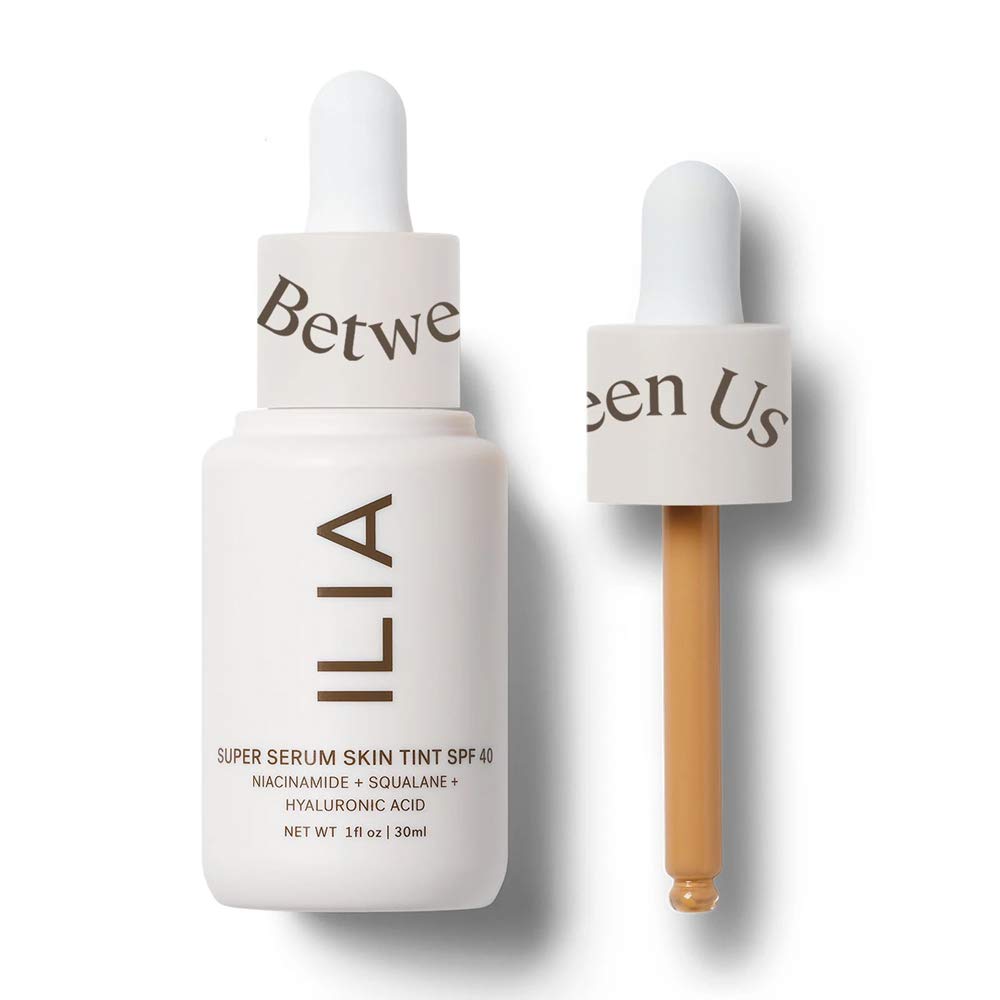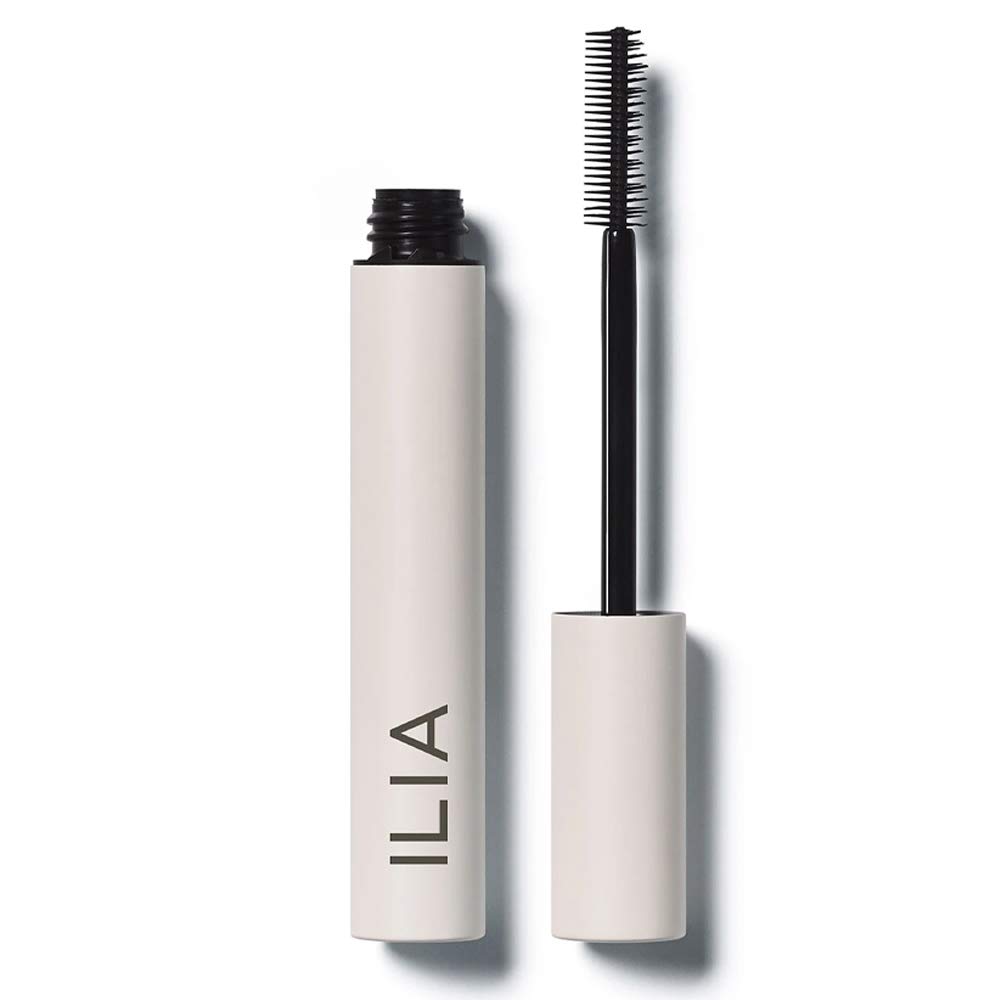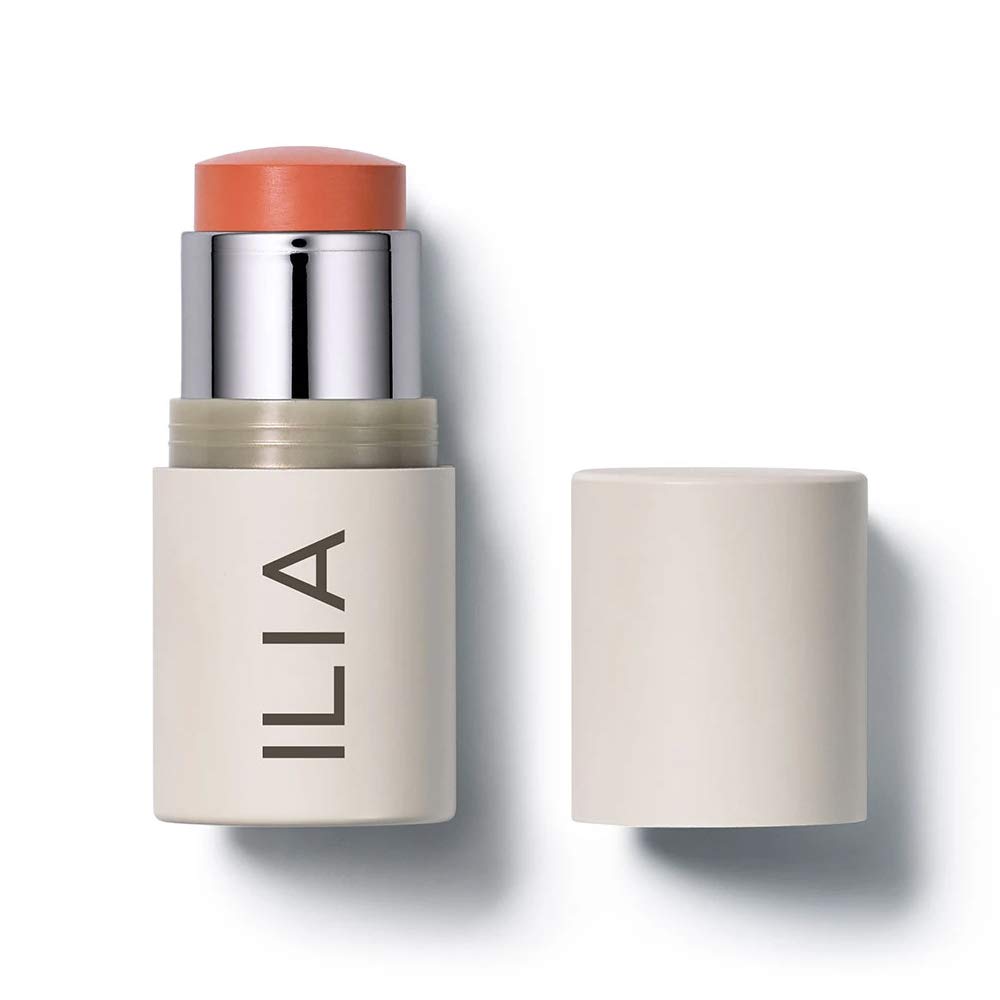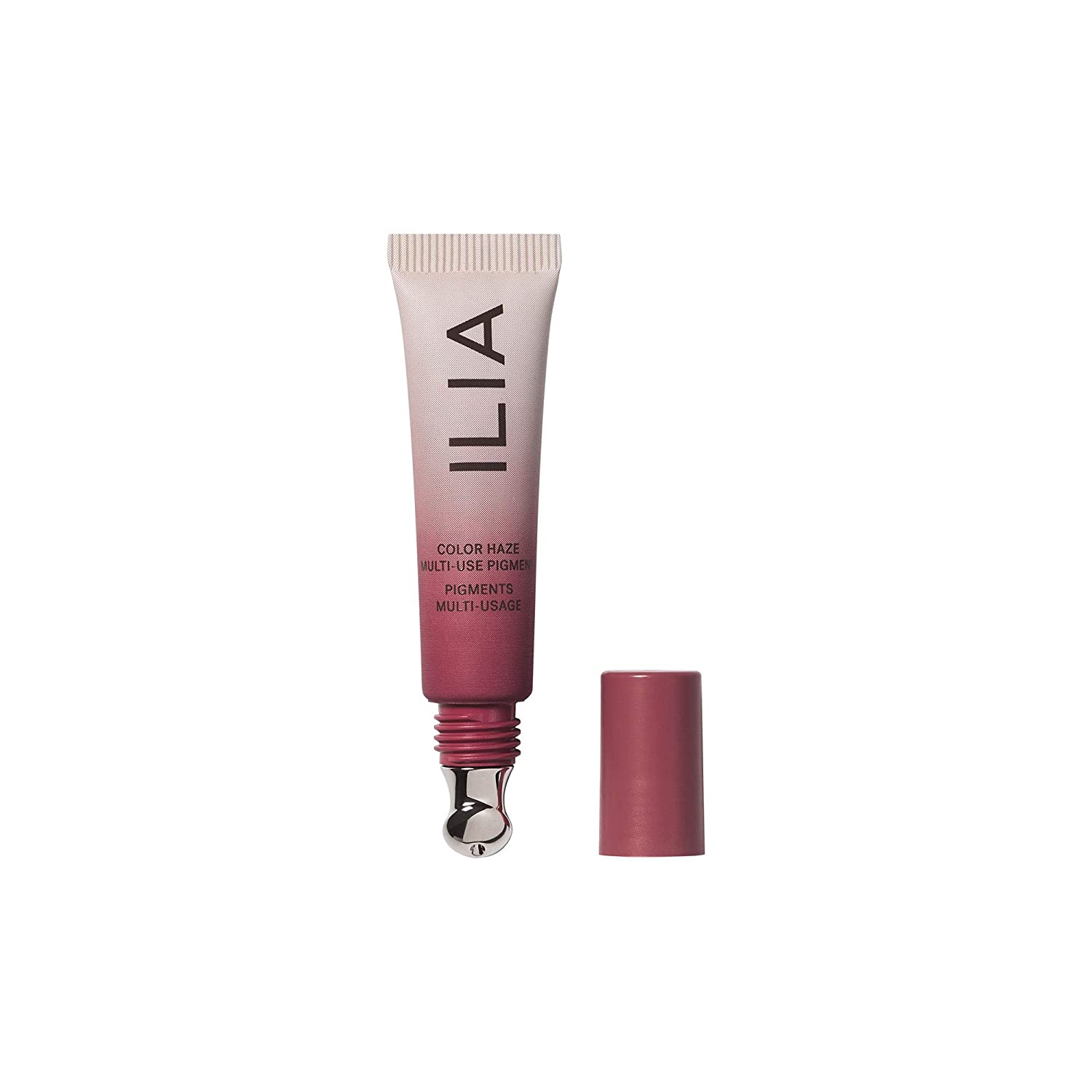“Clean beauty” is a term that gets thrown around fairly often these days, but what does it really mean? Why do some brands look the other way, while other conscious-minded industry leaders make it their “raison d’etre”. Although difficult to define in general terms, “Clean Beauty” products are made without most of, if not all of, the following undesirable ingredients:
PARABENS | FRAGRANCES | ALUMINUM COMPOUNDS | ETHOXYLATED AGENTS | FORMALDEHYDE | REFINED PETROLEUM | HYDROQUINONE | TALC | TRICLOSAN | SILICA | OXYBENZONE
One brand that has consistently been at the top of every beauty editor’s list is the celebrated clean beauty brand, Ilia Beauty. We mean, really, their shout-outs are staggering from Allure, to Harper’s Bazaar, to Elle, to Glamour to even, Vogue. Started in 2011 in Vancouver, British Columbia, Canada, Sasha Plavsic, brother Zac Ilia and Ilia Beauty have become veteran members of the clean beauty movement. The now California-based brand has seen many changes and much growth over the last decade. In 2020 alone, the company went from a mere 30 to 60 employees. We had the opportunity to sit down with Sasha to discuss all things clean beauty, present and future.
Sasha didn’t always know that she would be going into the clean beauty business. ”I had a long life in design before starting our brand.” She credits a degree in new media from Vancouver Film School and an honours degree in typography at the London College of printing for her background in design. The London College of Printing was an excellent experience for me. I studied with a lot of Scandinavians, and they were very thoughtful in their approach to design. There wasn’t a lot of computer-based learning; it was a lot of screen printing, a lot of abstract ideas. They would give you a brief like “gravity,” and then you had to find ways to present it; I know it prepared my brain to think differently.”
Her first foray into the beauty industry wasn’t until 2009, when briefly working for Urban Decay in New york city. “They offered me a permanent position, but I declined. It was a recession, it was pretty dire down there, and I just left a really big relationship that I had been in for ten years. I just wanted to go home; I hadn’t been home in like a decade. So I left, and I went back to Vancouver. I had just turned thirty and moved into a little studio suite next to my parents’ garage. I had to think about what I wanted to do next.” Several months later, Sasha put her design skills to work rebranding Saje Natural Wellness “I redid their logo and totally rebranded them.”
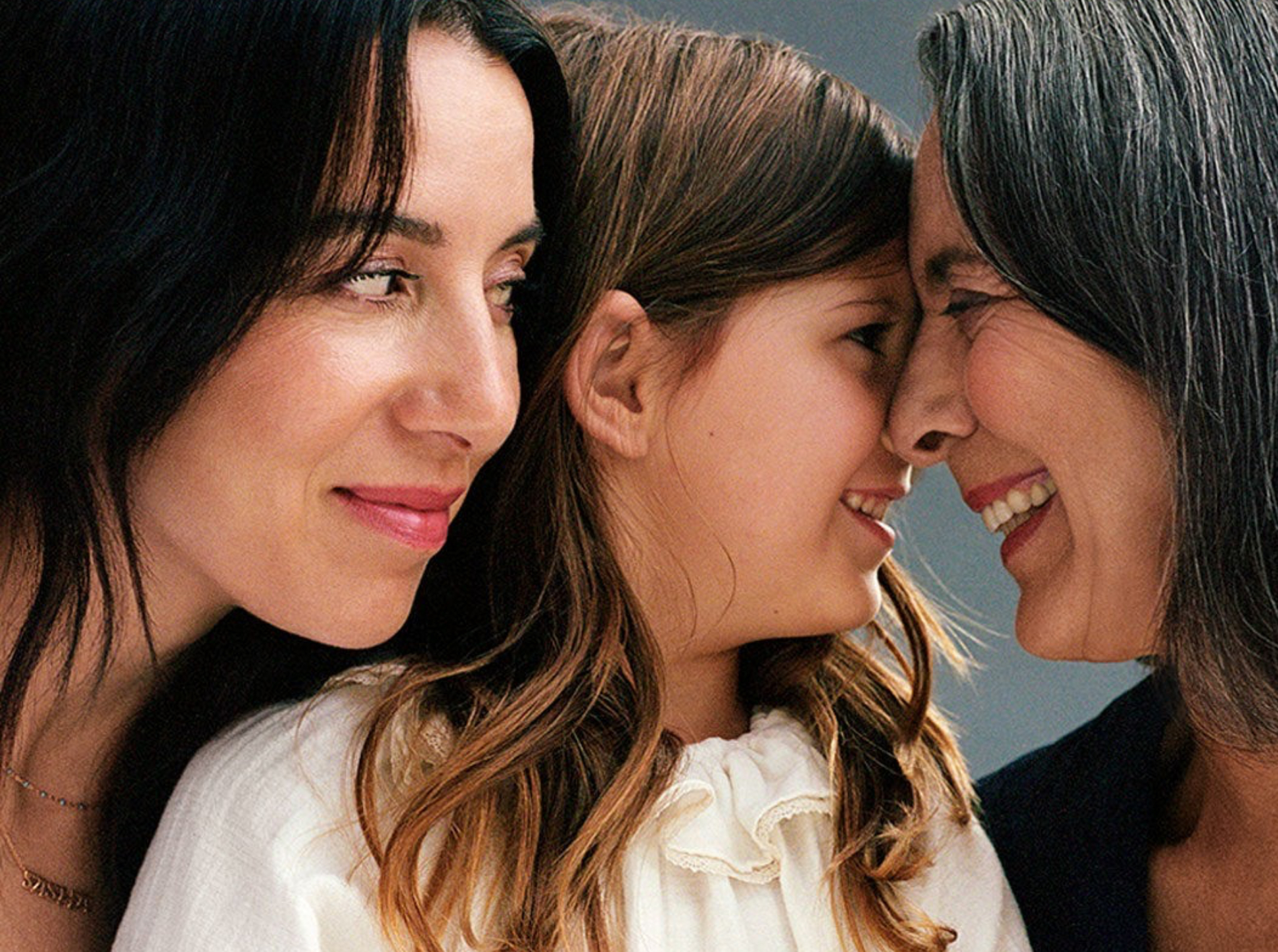
Clean beauty is not just about the products you’re making anymore; it will have to be about how you show up responsibly as a company or a corporation in the world.
Sasha Plavsic
We love the minimal esthetic of your products, your experience in design is evident. Why did you decide to make clean beauty products?
I hadn’t spent real time with my mom for ten years, and I was finally back home in Vancouver. She was like, “you got to pay attention to your products and what you’re putting on your skin.” I suffered from acne, so I was always trying to figure out what was causing it when I started reading all the ingredients in my products and started questioning whether or not they were good for my skin. “What’s going on here?” I began this personal exploration. I looked at the products I was using and said, “I bet I can make this but with cleaner ingredients,” and my challenge was to see if I could make it work just as well.
Zachary, my brother, was an Olympian. He was a windsurfer! After that, he started his own company in Vancouver. He was entrepreneurial in his own right. When Ilia Beauty started to grow, my dad said to him, “you know you should go help your sister.” So he moved down here, and the two of us worked out of a garage for quite a few years. Ilia is Zac’s middle name; It’s Slavic.
What is your mission at Ilia Beauty?
We are very passionate about creating products that won’t aggravate the skin. Our mission is to protect and revive the skin, so we use active skincare ingredients as the base for our products. Active meaning, they’re not just sprinkled on at the end of the process. We use real effective ingredients like hyaluronic acid, niacinamide, vitamin C and non-nano zinc oxide. We make our products for all skin types, which means making them fragrance-free. We stay away from silicones and essential oils to soothe the skin further. We try to find the best way to balance the skin’s PH. Once we started figuring out that people who suffer from acne or rosacea fell in love with our products, that became the goal. When you start seeing something working, you’re like, “okay, I’m doing the right thing.”
Our makeup is just skincare that enhances your look with some coverage. Our mission is to make your skin look and feel alive, and we want you to look and feel like the best version of yourself.
Who is the Ilia beauty audience?
We asked ourselves that a year ago. The brand is ten years old this year, so we rebranded, and that rebrand launched last February. We did a lot of digging; we are looking to do everything thoughtfully. We try to be transparent about what we’re doing for customers who care about their ingredients.
We want people to have that knowledge. They don’t want just to be marketed to in an old-fashioned way. If I were to sum it up, our customer is the millennial and her mom. Both can enjoy great makeup together that makes the skin look great. Some people like to wear a lot of makeup, and many want to wear a little bit of makeup. That’s who our person is, the person who likes to wear a little bit of day-to-day makeup. I don’t think that she was being spoken to in the clean category, nor do I believe that she was being represented in many demographics.
As a forerunner in the clean category, what do you think is the future of sustainable beauty?
I think it will be the standard. To me, it’s not acceptable to have certain ingredients in our beauty products. It will be harder to carve out your unique point of difference in the clean category. It’s becoming very saturated, which is good.
It’s increasingly important to find your own space, and I believe the formulas are getting there for the most part.
I think the biggest challenge for the future is the packaging. The beauty industry is the third-biggest polluting industry in the world. It’s challenging to create sustainable packaging that doesn’t impact the earth. There are major challenges based on how each country, province and state recycles. We’re undertaking this initiative, but it will take a few years to implement. Clean beauty is not just about the products you’re making anymore; it will have to be about how you show up responsibly as a company or a corporation in the world.
